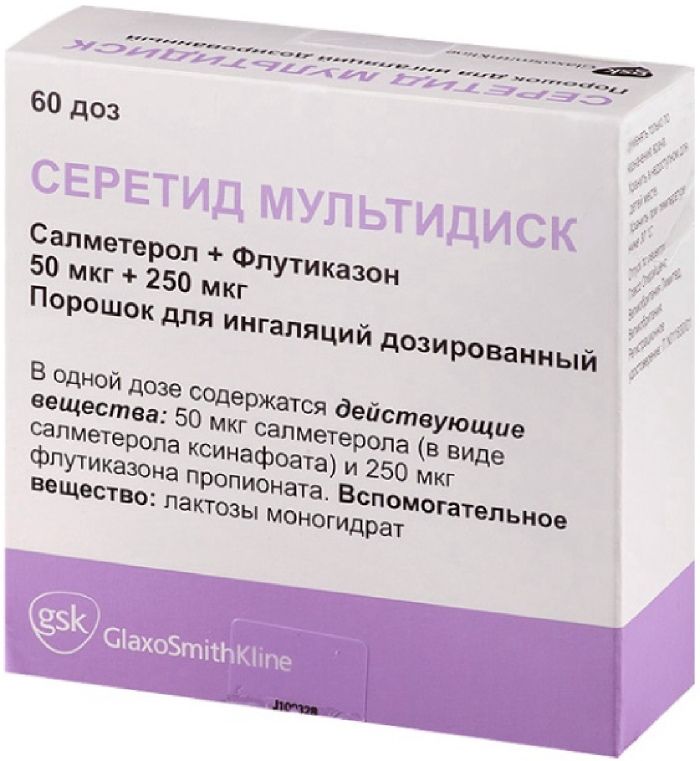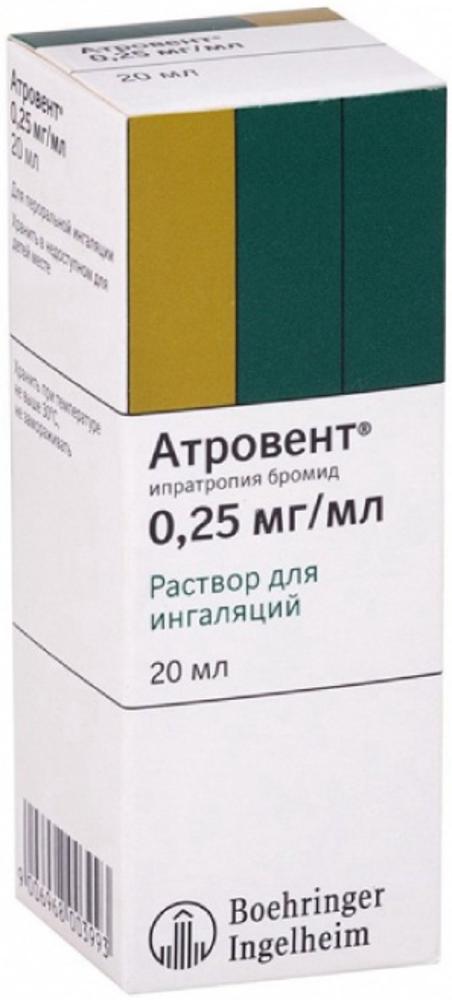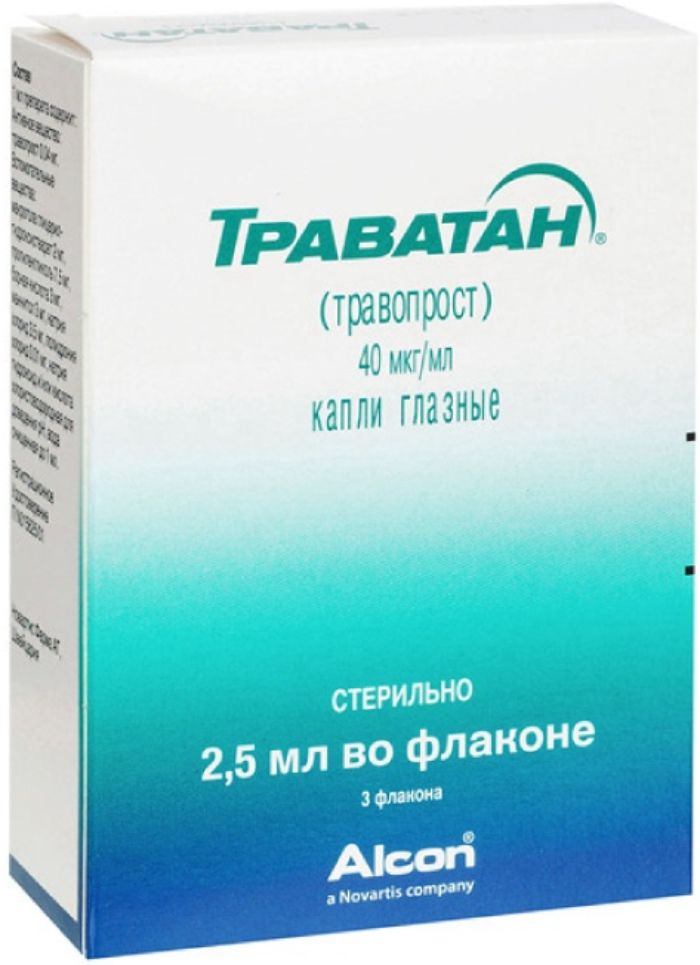- No products in the cart.
Atrovent solution Inh. 0.25mg / ml, 20ml vial cap.

Solgar lozenges 50 pcs Flavio zinc
$14.54

Seretide multidisk powder ing.dozir. 50mkg / 250mkg 60doz with inhaler
$33.31
$4.69
Atrovent solution Inh. 0.25mg / ml, 20ml vial cap.
SKU: 01352140139 Categories: Bronchial asthma, COPD, Medicaments Tags: Behringer, Ipratropium bromide
Description
Composition
Active substance:
1 ml contains: ipratropium bromide monohydrate (SCH 1000 BR) 0,261 mg per 0.25 mg of ipratropium bromide.
Excipients:
Benzalkonium chloride 0.10 mg Disodium edetate dihydrate 0.50 mg, 8.80 mg sodium chloride, 1N hydrochloric acid (to adjust to pH 3.4) 0.659 mg purified water to 1.00 ml.
Description:
Transparent, colorless or nearly colorless liquid, practically free of particles.
Product form:
Solution for inhalation 0.25 mg / ml. 20 ml in a glass amber bottle with a polyethylene dropper and a polypropylene screw cap with tamper-evident. Bottle with instructions for use placed in a cardboard box.
Contraindications
Hypersensitivity to atropine and derivatives thereof; Hypersensitivity to ipratropium bromide or other components of the preparation.
Precautions – closure glaucoma, urinary tract obstruction, prostate hyperplasia; breastfeeding, children’s age (up to 6 years).
Dosage
0.25 mg / ml
Indications
Chronic obstructive pulmonary disease (including chronic obstructive bronchitis, emphysema); bronchial asthma (mild and moderate severity).
Interaction with other drugs
Long-term joint use of Atrovent inhalation drug with other anticholinergic drugs has not been studied. Therefore, long-term joint use of Atrovent drug with other anticholinergic drugs is not recommended. Beta-adrenergic agents and xanthine derivatives can enhance the effect Atrovent bronchodilatory drug. In the case of simultaneous use with a nebulizer ipratropium bromide and beta-agonists in patients with acute glaucoma history can increase the risk of acute glaucoma (see. Section Cautions). Atrovent Inhalation solution should not be administered simultaneously with the inhalation solution cromoglicic acid, considering the possibility of precipitation. Anticholinergic effect increases antiparkinsonian agents, quinidine, tricyclic antidepressants.
Overdose
Specific symptoms of overdose have been identified. Given the breadth of therapeutic effect and a method of using local ATROVENT®, the occurrence of any significant anticholinergic symptoms unlikely. Possible minor manifestations of systemic anticholinergic effects such as dry mouth, blurred vision, increased heart rate. Treatment is symptomatic.
pharmachologic effect
Pharmacological group:
M-holinoblokator.
Pharmacodynamics:
Bronchodilatory agent. Does m-cholinergic receptors of the smooth muscle of the tracheobronchial tree and inhibits reflex bronchoconstriction. Having structural similarity with acetylcholine molecule is its competitive antagonist. Anticholinergics prevent the increase in intracellular calcium ion concentration that occurs due to the interaction with muscarinic acetylcholine receptors located in the smooth muscles of bronchi. The release of calcium ions is by means of secondary mediators (mediators), which include ITF (inositol triphosphate) and DAG (diacylglycerol). Effectively prevents bronchoconstriction resulting from inhalation of cigarette smoke, cold air bronhospazmiruyuschih action of various substances, and also eliminates bronchospasm associated with the effect of the vagus nerve. When inhalation use almost no resorptive action. Bronchodilation that occurs after inhalation ATROVENTA® (ipratropium bromide), is mainly the result of local and specific effects of the drug to the lungs and not the result of its systemic impact. In controlled 85-90- day studies conducted in patients with bronchospasm due to chronic obstructive pulmonary disease, chronic bronchitis and emphysema, a significant improvement in lung function was observed within 15 minutes, reached a maximum after 1-2 hours and persisted until 4-6 hours.
Pharmacokinetics:
ATROVENTA® therapeutic effect is a consequence of its local effects in the respiratory tract. Development of bronchodilation than parallel pharmacokinetic parameters. After inhalation into the lungs usually falls (depending on the formulation and inhalation technique) 10-30% of the administered dose. Most of the dose is swallowed and enters the gastrointestinal tract. Part of the dose of the drug into the lungs rapidly reaches the systemic circulation (within several minutes). The total renal excretion (within 24 hours) of the starting compound is about 46% of the intravenously administered dose of less than 1% of the dose used in and about 3-13% of the inhaled dose. From these data it is calculated that the total systemic bioavailability ipratropium bromide, used inside and inhalation, is 2% and 7-28%, respectively. The kinetic parameters that describe the distribution of ipratropium bromide, calculated on the basis of its concentration in plasma after intravenous administration. A rapid biphasic decline in plasma concentrations. The apparent volume of distribution at equilibrium state concentration time (CSS) is approximately 176 liters (approximately 2.4 L / kg). The drug binds to plasma proteins to a minimum extent (less than 20%). Ipratropium bromide, a quaternary amine which does not penetrate the blood-brain barrier. The half-life during the terminal phase is about 1.6 hours. Total clearance ipratropium bromide – is 2.3 l / min and the renal clearance – 0.9 l / min. After intravenous administration, approximately 60% of the dose is metabolized by oxidation, mainly in the liver. The total renal excretion (for 6 days) labeled with isotope dose (including starting material and all metabolite) following intravenous administration was 72.1%, after ingestion – 9.3%, and after inhalation application – 3.2%. Isotopically labeled total dose excreted through the intestines, after intravenous administration was 6.3%, after ingestion – 88.5%, and after inhalation application – 69.4%. Thus, the excretion of isotope-labeled dose after intravenous administration is carried out mainly through the kidneys. Half-life of the parent compound and the metabolites is 3.6 hours. The major metabolites that can be output in urine bind poorly to the muscarinic receptors and are considered to be inactive.
Pregnancy and breast-feeding
Atrovent safety of the drug during pregnancy has not been established in humans. In appointing the drug during a possible or confirmed pregnancy should take into account the ratio of the expected benefits from the appointment of the drug to the mother and the possible risk to the fetus. In preclinical studies, no embryotoxic or teratogenic effects of the drug were detected after its administration by inhalation in doses significantly exceeding the dose recommended in humans. It is not known whether ipratropium bromide is excreted into breast milk. However, it is unlikely that ipratropium bromide, particularly when it is used by inhalation, may act with milk in the child’s body in significant quantities. But while the drug Atrovent lactating mothers should be careful. Clinical data on the effect of ipratropium bromide on fertility are not available. During the application of ipratropium bromide in preclinical studies, adverse effects on fertility were observed.
Conditions of supply of pharmacies
By prescription.
side effects
Many of the listed undesirable effects can be caused by anticholinergic properties ATROVENTA®. ATROVENT® as any inhalation therapy, may cause local irritation. Adverse drug reactions were determined based on data obtained in the clinical studies and in the supervision of the pharmacological use of the drug after its registration. The most common side effects reported in clinical studies were headache, throat irritation, cough, dry mouth, motility disorders of the gastrointestinal tract (including constipation, diarrhea and vomiting), nausea and dizziness
Disorders of immune system: hypersensitivity, anaphylactic reaction
Disorders of the nervous system, headache, dizziness
Violations by the organ of vision: blurred vision, mydriasis, increased intraocular pressure, glaucoma, pain in the eyes, the appearance of halos around objects, conjunctival hyperemia, corneal edema, accommodation disturbances
Violations by Heart: palpitations, supraventricular tachycardia, atrial fibrillation, increased heart rate
Violations by the respiratory, thoracic and mediastinal disorders: irritation of the throat, cough, bronchospasm, paradoxical bronchospasm, laryngospasm, swelling of the throat, pharynx dryness
Disorders of the gastrointestinal tract: dry mouth, nausea, motility disorders of the gastrointestinal tract, diarrhea, constipation, vomiting, stomatitis, oral edema
Changes of the skin and subcutaneous tissue disorders: rash, itching, angioedema, urticaria
Violations of the kidneys and urinary tract: urinary retention.
special instructions
Atrovent solution for inhalation can be used for inhalation combined simultaneously with the solution for inhalation ambroxol, bromhexine solution for inhalation, and the drug solution Berotek for inhalation.
Hypersensitivity
After applying the drug may occur Atrovent immediate hypersensitivity reaction, which is indicated rare cases rash, urticaria, angioedema, edema oropharynx, bronchospasm and anaphylaxis.
paradoxical bronchospasm
Atrovent, like other inhaled drugs can cause paradoxical bronchospasm, which can be life threatening. In the case of paradoxical bronchospasm use Atrovent drug should be discontinued immediately and appoint an alternative therapy.
Complications of the eye
Atrovent drug in patients predisposed to the development of acute glaucoma, should be used with caution. Known individual reports of complications of the eyes (including on the development of mydriasis, increased intraocular pressure, the development of acute glaucoma, pain in the eyes) in those cases when inhaled ipratropium bromide (used alone or in combination with an agonist of beta2-adrenergic receptors) got in the eyes. Symptoms of severe acute glaucoma can be a pain or discomfort in the eyes, blurred vision, ghosting in objects and colored spots before the eyes, combined with redness of the eyes due to the injection of the conjunctival blood vessels and edema of the cornea. If you develop any combination of these symptoms, shows the use of eye drops that reduce intraocular pressure, and immediately consult a specialist. Patients should be instructed on the proper use of the drug Atrovent. Caution must be exercised to prevent the solution into the eye. It is recommended that the solution used with a nebulizer, applied through the mouthpiece. If there is no mouthpiece and mask nebulizer used, it must be used properly. Patients predisposed to the development of glaucoma should be warned about the need to protect the eyes.
Effects on renal function and urine excretion
Atrovent drug should be used with caution in patients with existing urinary tract obstruction (e.g., benign prostatic hyperplasia or bladder outlet obstruction).
Motility disorders of the gastrointestinal tract
Patients with cystic fibrosis may be predisposed to the motility disorders of the gastrointestinal tract.
local effects
The preparation comprises a preservative – benzalkonium chloride, and the stabilizer – disodium edetate dihydrate. During inhalation, these components can cause bronchospasm in susceptible patients with airway hyperresponsiveness. Patients should be informed that if inhaled are not sufficiently effective or deterioration has occurred, you should consult your doctor to change the treatment plan. In the case of sudden onset and rapid progression of dyspnea patient should also seek medical advice immediately.
Effects on ability to road management and use of mechanisms
The effect of the drug on the ability to road management and use not specifically studied mechanisms. However, patients should be advised that during treatment with Atrovent they can experience these unwanted sensations, dizziness, accommodation disturbances, mydriasis and blurred vision. Therefore, caution should be advised observance of road management time or the use of mechanisms.
Storage conditions
The temperature is not above 30 C to avoid freezing.
Keep out of the reach of children!.
Dosing and Administration
(20 drops = about 1 ml, 1 drop = 0.0125 mg ipratropium bromide anhydrous) Dosage regimen selected individually. During treatment, patients should be under medical supervision. Do not exceed the recommended daily dose of both during the emergency, and maintenance therapy. If the treatment does not lead to a significant improvement or if the patient’s condition worsens, it is necessary to consult a doctor to develop a new treatment plan. In the event of a sudden or rapid amplification of dyspnea (difficulty breathing) should consult a doctor immediately. If your doctor is not indicated differently, the recommended dosing regimen:
Maintenance treatment:
Adults (including elderly) and children over 12 years: 2.0 ml (40 drops = 0.5 mg) 3-4 times a day. The maximum daily dose – 8.0 ml (2 mg).
Children 6 to 12 years:
Treatment should be under medical supervision; 1.0 ml (20 drops = 0.25 mg) 3-4 times a day. The maximum daily dose – 4 ml (1 mg).
Children under 6 years:
Treatment should be under medical supervision; 0.4 -1.0 ml (8-20 drops = 0.1-0.25 mg) 3-4 times a day. The maximum daily dose – 4 ml (1 mg).
Acute bronchospasm:
Adults (including elderly) and children over 12 years: 2.0 ml (40 drops = 0.5 mg); reassignments possible to stabilize the patient’s condition. The interval between puffs is determined by your doctor.
ATROVENT® may be used in conjunction with inhaled beta2-agonists.
Children 6 to 12 years:
Treatment should be under medical supervision. 1.0 ml (20 drops = 0.25 mg); reassignments possible to stabilize the patient’s condition. The interval between puffs is determined by your doctor.
ATROVENT® may be used in conjunction with inhaled beta2-agonists.
Children under 6 years:
Treatment should be under medical supervision. 0.4-1.0 ml (8-20 drops = 0.1- 0.25 mg); reassignments possible to stabilize the patient’s condition. The interval between puffs is determined by your doctor. ATROVENT® may be used in conjunction with inhaled beta2-agonists
To ensure the correct application of the preparation, please read these instructions for use. The recommended dose should be diluted with 0.9% sodium chloride solution to a volume of 3-4 ml of the preparation, and poured into the nebulizer make inhalation. The drug must be diluted with 0.9% sodium chloride solution each time immediately prior to use, the remaining solution was poured after inhalation. Dosing may depend on the method and type of the inhalation nebulizer. The duration of inhalation can be controlled by spending diluted volume. ATROVENT® solution for inhalation may be applied using a variety of nebulizers available on the market. When using a centralized system dissolved oxygen is better to apply at a flow rate of 6-8 liters per minute.
Information
Appearance may differ from that depicted in the picture. There are contraindications. You need to read the manual or consult with a specialist
Additional information
| Weight | 0.100 kg |
|---|---|
| Manufacturer | Behringer |












There are no reviews yet.